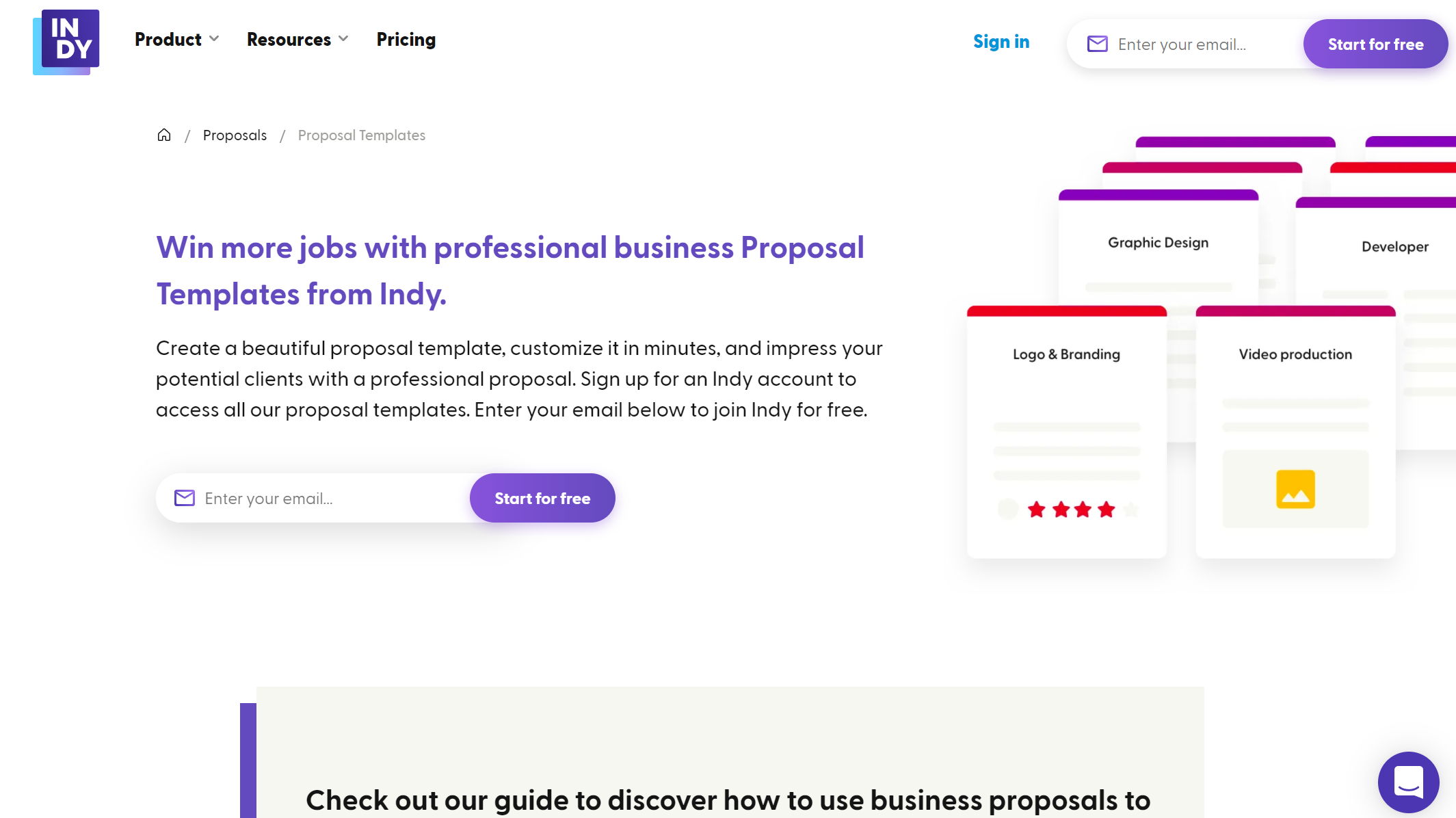A business proposal is a fantastic way to get noticed by prospective clients and get your brand out into the world. Sending a proposal is essentially like sending a sales pitch.
A client has a problem, and you’re sharing why you’re the best person for the job. Whether you’re a graphic designer, a virtual assistant, or a financial guru, there will most likely be a point in your career when you need to send a business proposal and bid for a job.
Ten Top Tips to Send a Brilliant Proposal
1. Keep It Neat and Concise

Most business professionals probably don’t have time to read a 20-page proposal loaded with overflowing sentences and confusing jargon in our fast-paced world. See the business proposal as a short story than a full-blown novel. You want to keep information to the point, clear, and concise.
As praised author Kurt Vonnegut once said, “If a sentence, no matter how excellent, does not illuminate your subject in some new and useful way, scratch it out.” A quick and effective way to do this is to make a table of contents. Doing so makes your proposal super accessible for prospective clients and allows them to click on the sections they need without having to sift through pages and pages.
2. Show-Off Your Brand
A proposal is a fantastic way to show off your brand and differentiate you from competitors. Add an eye-catching logo, a photograph of you or your services (especially if you’re in a creative industry like photography, illustration, or graphic design), and add links to your work portfolio so that they can easily peruse your work.
3. Include an Executive Summary

This is one of the most critical elements of your proposal. Here you outline the why of the proposal and showcase why you and your company are the best choices for the project. After reading this section, clients should clearly understand why you can help them solve the specific problem.
For this reason, you must understand what the problem is to give a comprehensive overview of how you will solve it. As a top tip, don’t hold back from asking questions and gaining clarification before you send your proposal.
4. Propose a Solution Step by Step
Linked to the above point, the plan should outline how you propose to solve the issue at hand. This part details your strategy and the steps you will take to achieve the overall objectives. Customize this section to the client’s unique needs and speak their language.
A great way to show how you will tackle the project is to show a step-by-step project breakdown. Here you will outline specific deliverables and give the client an indication of when they can expect them. The more comprehensive your list and the more detailed and clear the methods, the more impressive the proposal.
5. Use a Professional Template
As humans, we are pretty visual creatures, and it is thus imperative to send a neat and attractive-looking proposal. One such way to do this is to use a proposal template. These templates are built to impress and have clear sections for everything your proposal should include.
The Indy freelancer management platform has some fantastic proposal templates, clearly breaking down the project section by section.

Sections can include:
Scope of the work: Important information about what the project includes
Timeline: A step-by-step breakdown of when things will be delivered
Estimate: A cost estimate of the work
Additional services: A section on any other relevant services you offer (for example, editing/photography/graphic design/social media management)
A ‘why me’ section: With information about why you’re the best fit for the job (qualifications, case studies, and experience.)
Client testimonials: Upload images of previous work and share positive client feedback
6. Add Experience and Qualifications
Adding a section about your previous experience and qualifications can show clients why you are the best person for the job. Knowing that you have tackled similar products and have the required skills can enhance client trust and make them feel like you are an authority on the subject.
7. Add Client Testimonials and Examples of Your Work
Client testimonials and case studies are a brilliant way to showcase the breadth of your experience and positive feedback on your work. Adding a few testimonials and links to the client’s website is a fantastic way to build credibility and trust.
Suppose you work in the digital or art field; why not upload images of previous work? If you’re a writer, share some samples of past copy to showcase your skills. Past examples of work can give clients an idea of what to expect in terms of quality and capabilities.
8. Offer Pricing Options

Pricing is often a tricky part of the proposal, and if there is no indication of the client’s budget, it can feel a little daunting. While you don’t want to overcharge drastically and scare the client away, you also don’t want to undercharge them. You might wish to add an optional fee pricing table, which can adjust depending on the client’s budget and what they need.
9. Check for Typos
Before submitting your business proposal, give it a quick read-through and ensure no glaring typos. Nothing seems unprofessional as much as a typo. Utilize a free editing service like Grammarly and give all documents you send the once over before submission.
10. Stay Organized
Organization is essential when sending business proposals and liaising with prospective clients. Take note of submission due dates and any other important deadlines so that your proposal can make a great first impression.
Summary
Explore Indy to ensure fantastic proposals every time and keep on track with big projects. The freelancer management platform makes the business side of freelancing a breeze, offering comprehensive tools to help with invoicing, contract writing, time tracking, communication, and more.